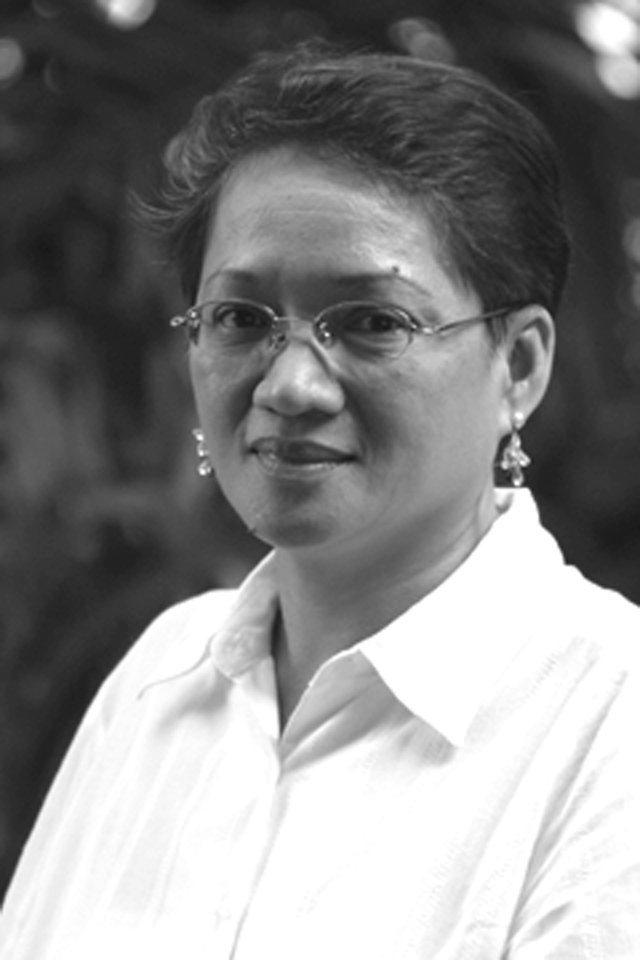
Friday last week, I had the privilege of attending the “Convergence Meeting of Mega Cebu Leaders,” an annual event aimed to update stakeholders about ongoing projects and initiatives spearheaded by the Metro Cebu Development and Coordinating Board (MCDCB). The MCDCB is a joint effort of the province of Cebu and the Ramon Aboitiz Foundation, Inc. (Rafi) to bring together all stakeholders, local government units, line agencies, civil society and the private sector to draw and carry out plans to make Cebu one of the best places in the world.
The convergence meeting took place on the 38th day since Rafi President Roberto Eduardo Aboitiz, a.k.a. Sir Bobby, passed on (he died April 13) and it was still two days ahead of the 40 days traditional mourning period called “hubkas” in Cebuano, “babang luksa” in Tagalog. In other words, the Aboitiz family including corporate and foundation’s officers and staff were still in mourning, but I think they understood that even Sir Bobby would shun reverential customs for the critical work of holistic human development, Rafi’s core mission.
Integrating a master plan for Metro Cebu, which has been hobbled by serious urban blight and issues for the longest time owing to narrow political and business agenda, is but one of several notable engagements of Rafi. The foundation which implements the corporate social responsibility of the Aboitz business empire has a hefty allocation of P800 million for programs such as microfinance and entrepreneurship, education, culture and heritage, leadership and citizenship and the most notable of all which had Sir Bobby working doggedly, the MCDCB.
The man at Rafi’s helm for decades was Sir Bobby, a hands-on foundation president, but the public didn’t know him personally until he worked on the core principles of Cebu’s integrated development that we now know as MCDCB. Founded in 2011, it is chaired by the incumbent Cebu governor and co-chaired by the Rafi president.
Getting all leaders of local government units of the entire Metro Cebu looked like an impossible dream, but Sir Bobby pressed on by talking to all mayors one by one and getting them on board the Mega Cebu 2050 vision. The politicians understood he wanted them to look beyond the interests of their boundaries and political spheres for a sublime goal. Ever humble and subtle, he picked a symbol to remind and motivate all stakeholders to cooperate. The bugsay or paddle encapsulated his principle of working together by using the talents and resources at one’s disposal for the greater good. That the provincial government had adopted the Mega Cebu Roadmap in its development and physical framework plan speaks a lot about MCDCB’s significant headway made through Rafi.
Five years since its inception, Sir Bobby would have been pleased to present the board’s report card last Friday: the completion of the Roadmap Study for Sustainable Urban Development assisted by Japan International Cooperation Agency (Jica); efforts that will pave the way for institutionalizing the legal framework of MCDCB through a congressional proposal; organization of the annual Mega Cebu Month; the inclusion in the Organization for Economic Cooperation and Development (OECD)–led Urban Green Growth in Dynamic Asia Project; completion of the suitability mapping with the GIZ Global Initiative on Disaster Risk Management; founding membership in the Asia Smart Cities Alliance; and participation in the annual Asia Smart Cities Conference in Japan, among others.
The video featuring Sir Bobby’s photographs working with peoples from all walks of life, from the low to the mighty, showed his physical transformation, from robust and healthy to frail and deteriorating, as if to say he was working for a better Cebu until the very end.
I write this article as I look back to the interview I had with Sir Bobby during the sixth edition of Rafi Triennials, a red carpet event in August 2015 that feted outstanding individuals and institutions. By way of closing the important gathering, Sir Bobby’s wife, Maria Cristina “Marian” Aboitiz, led the audience in reflecting on the prayer, “A Step along the Way.”
The prayer is attributed to St. Oscar Romero of El Savador, hailed as the saint of the poor and marginalized.
I think it’s also a prayer for those who continue to press on with their advocacies despite seemingly insurmountable challenges that can weary the body and the soul, like Sir Bobby.
A Step along the Way
It helps, now and then, to step back and take a long view. The kingdom is not only beyond our efforts, it is even beyond our vision. We accomplish in our lifetime only a tiny fraction of the magnificent enterprise that is God’s work. Nothing we do is complete, which is a way of saying that the Kingdom always lies beyond us. No statement says all that could be said. No prayer fully expresses our faith. No confession brings perfection. No pastoral visit brings wholeness. No program accomplishes the Church’s mission. No set of goals and objectives includes everything. This is what we are about. We plant the seeds that one day will grow. We water seeds already planted, knowing that they hold future promise. We lay foundations that will need further development. We provide yeast that produces far beyond our capabilities. We cannot do everything, and there is a sense of liberation in realizing that. This enables us to do something, and to do it very well. It may be incomplete, but it is a beginning, a step along the way, an opportunity for the Lord’s grace to enter and do the rest. We may never see the end results, but that is the difference between the masterbuilder and the worker.
We are workers, not master builders; ministers, not messiahs. We are prophets of a future not our own.

